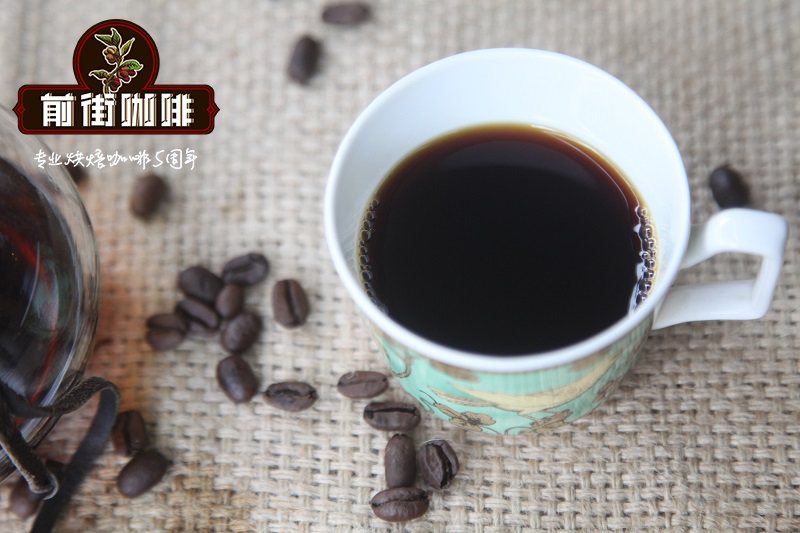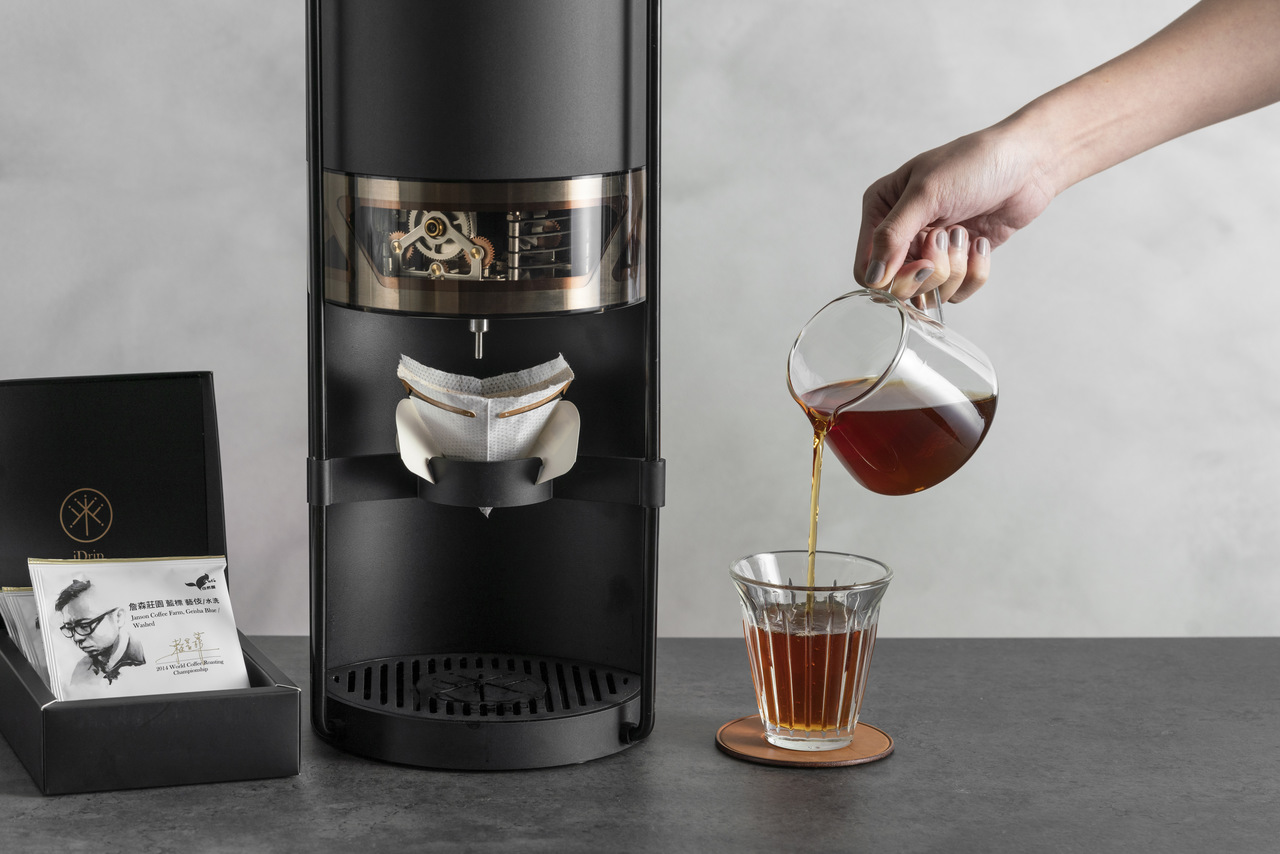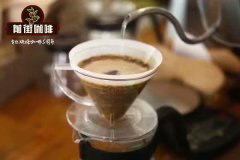Can beginners use Philharmonic to make coffee? can you use Philharmonic to make coffee?

Professional coffee knowledge exchange more coffee bean information please follow the coffee workshop (Wechat official account cafe_style)
Speaking of coffee brewing utensils with an embossed word in the name, except for the French kettle, it seems to be Philharmonic pressure. I believe that for those friends who have come into contact with Philharmonic pressure for the first time, there is simply no way to start with the enigmatic shape of this syringe. Today, the editor is going to give you Amway this artifact-the Philharmonic pressure!
Why is the Philosopher an artifact? You know, Philharmonic pressure can be combined with the immersion extraction of French filter kettle, the filter paper filtration of hand-brewed coffee, and the fast, pressurized extraction principle of espresso. Through pressure extraction, it can have both the richness of espresso, the purity of hand-brewed coffee and the smoothness of a French kettle.
First, let's take a look at the components of the Philharmonic pressure:
Kettle body, filter cover, piston cylinder, funnel, filter paper and filter paper receptacle, mixing rod
Usage
Philharmonic pressure is generally divided into two kinds of pressure, positive pressure and reverse pressure.
Positive pressure
Positive pressure is to put the body of the Philharmonic pressure on the cup, add coffee powder and a certain proportion of hot water to stir, insert the piston cylinder and press down.
This cooking method will be filtered and extracted in the process of water injection, so it may be a little thin in taste and flavor.
Reverse pressure
Reverse pressure is a relatively common brewing technique. First of all, assemble the piston cylinder and the kettle body, put it in the opposite direction, pour the powder and hot water into it and stir it. When the time is up, put the filter cover on, carefully and quickly turn the Philharmonic pressure over and down!
Because the reverse pressure has a soaking process, the extraction is more complete than the positive pressure. The performance in the flavor is also fuller.
Coffee beans used today-[Sidamo 90 + candlelight]!
With the support of 90 + technology, only the most mature coffee cherries are selected by hand, and the sun-drying process is even more painstakingly stirred to ensure uniformity, with a very transparent and pure taste, with great changes in hot and cold. The aromas of fruit, flowers and oak are very charming.
The editor is using reverse pressure today!
Parameters: 15g beans, 5R (Chinese standard No. 20 sieve pass rate 58%), water temperature 89 ℃, powder-water ratio at 1:15.
Technique: pour in 15 grams of coffee powder, pour in 40g water and stir evenly (because the tube is narrow, the edge may remain coffee powder, so the water injection is a little more, so that the coffee powder in the corner can absorb enough water), 30 seconds later, pour water to 227g, then stir, help the coffee powder to continue to exhaust, at about 1:30 seconds to reverse pressure, pressure extraction takes about 30 seconds. If you think the taste is a little strong, you can dilute it with water.
Flavor: obvious sweetness, soft citrus acid, with almonds, nuts, caramel, high cleanliness, sweet spices in the mouth, citrus tea.
A little knowledge
1. Why is Philharmonic pressure equipped with a stirring rod?
The top handle of the Philharmonic pressure mixing rod can prevent the mixing rod from touching the filter paper and will not scratch the inner wall of the cylinder, affecting the tightness.
2. Why is there no standard tutorial for Philharmonic pressure?
Philadelphia is like another siphon coffee maker (Syphon) invented by Americans. For Americans, French, Germans and other European and American countries, siphon pots are only daily necessities, and coffee brewing is very simple and convenient, while the Japanese upgrade siphon pots from daily necessities to the level of technology and art, using various ways to use siphon pots to extract (Extraction) amazing boutique coffee. It is precisely because of this spirit that Hario is created to make the development of the Japanese coffee industry more professional. Japanese siphon pot product manual does not mention the use of siphon pot to make coffee, only the instructions for the use of the product itself. The Japanese emphasize that a siphon pot can extract a good cup of coffee. But they don't specify how to do it. How?
3. What is the difference between standard filter paper and metal filter mesh?
Using standard filter paper to make Philharmonic pressure, the coffee will have a pure taste, obvious acidity and light taste.
If you use a metal filter, the coffee will have a thicker taste, stronger aroma and lower acidity. The number of screen holes varies from type to type, so more consideration should be given to the selection of metal screen.
The charm of the Philharmonic pressure. The reason is that it is easy to make, tastes clean, and it can be adjusted according to our taste. It is first soaked by water injection. Then rely on a certain amount of pressure to extract the water mixed with coffee through the filter. Because the filter paper has a certain density, the particles that do not dissolve with water are filtered, leaving behind coffee with a clean taste. And because the extraction method is mainly soaking, the extraction is more balanced, and the sweetness will be more obvious.
Related recommendations: Philharmonic pressure AeroPress tutorials complete introduction to tutorials that are easier to understand than instructions
Important Notice :
前街咖啡 FrontStreet Coffee has moved to new addredd:
FrontStreet Coffee Address: 315,Donghua East Road,GuangZhou
Tel:020 38364473
- Prev

Perfectly copy the hand-flushing technique of the world coffee champion? Is the iDrip coffee machine really that good?
Professional coffee knowledge exchange more coffee bean information Please follow the coffee workshop (Wechat official account cafe_style) machine brewing coffee is not a big news, but recently, there is a sensational boutique coffee industry new product [iDrip], known as the world's first intelligent hand coffee maker, to fully restore the champion hand coffee skills and the world coffee champion exclusive cooperation as the main
- Next

What are the advantages and disadvantages of the Philharmonic pressure? what is the shape of the instrument? what are the components?
Professional coffee knowledge exchange more coffee bean information Please follow the coffee workshop (Wechat official account cafe_style) said that the coffee brewing utensils with an embossed word in the name except the French kettle seems to be Philharmonic pressure. I believe that for those friends who have come into contact with the Philharmonic pressure for the first time, there is simply no way to start with the enigmatic shape of this syringe. Today, the editor will come to give you Amway.
Related
- What is the Philharmonic pressure? How to use Philharmonic pressure to make delicious coffee
- Why does a hand grinder have more fine powder than an electric grinder?
- In addition to the hot mom, what is the difference between the versions of EK43 | ditting and Mahdi ek43?
- What kind of equipment do you need to make coffee by hand? Introduction to novice starter cooking equipment tools
- Espresso needs to be ground how thick and thin scale entry Italian Coffee Machine Bean Grinder investigation and Grinding course
- How much does it cost to open a small private cafe? How much does it cost to learn coffee? How to operate it?
- The difference between the flavor characteristics of hand-brewed coffee and coffee maker is hand-brewed coffee really better than coffee maker? Can I use a coffee machine to make coffee beans by hand?
- The difference between 01 and 02 of hario v60 filter cup what is the difference between 01 and 02 filter cup opening and cooking flavor
- What's the difference between the smart cup and the French kettle? Which is better, the French kettle or the Smart Cup?
- What's the difference between a smart cup and a V60 filter cup? The difference between the taste of smart cup and hand-brewed coffee

